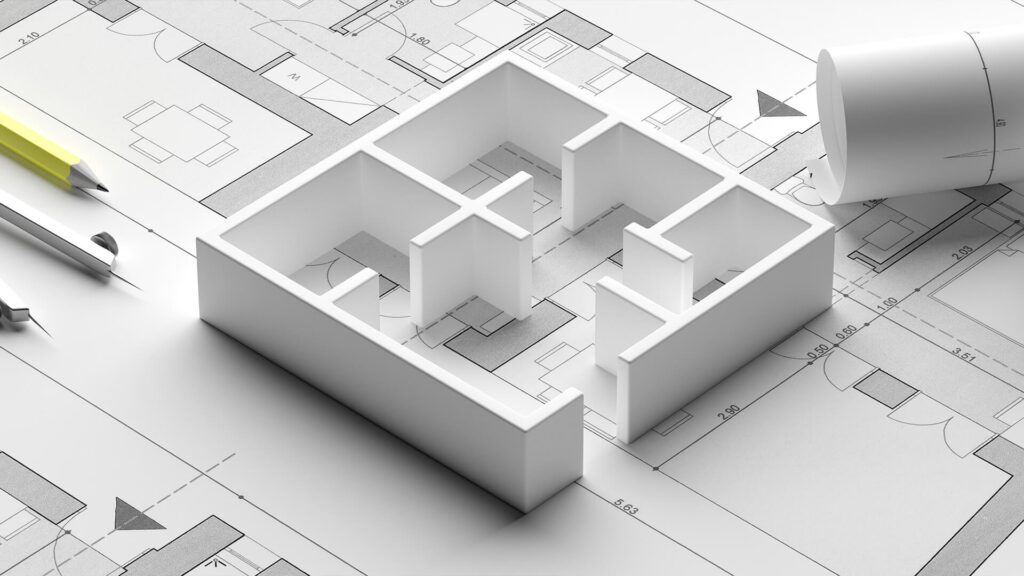Do You Need Math For Architecture?
- Home
- Architecture
- Do You Need Math For Architecture?

Architecture is a beautifully intricate blend of art and science, where aesthetics meet functionality. If you’ve ever dreamt of becoming an architect, you might wonder if math is a crucial component of the profession. While creativity and design sensibility play a significant role in architecture, mathematics also has a vital place in this field. In this blog, we’ll explore the importance of math in architecture and why it’s an essential part of the architect’s toolkit.
1. Structural Integrity
One of the fundamental aspects of architecture is ensuring that the structures we design are not only aesthetically pleasing but also safe and sound. Math is at the core of understanding how various materials, like steel, concrete, and wood, interact under different loads and conditions. Architectural design must account for factors such as stress, compression, tension, and the forces that a structure will need to withstand.
2. Measurements and Proportions
Accurate measurements and proportions are paramount in architecture. Architects use mathematics to ensure that every aspect of a building, from the dimensions of individual rooms to the layout of the entire structure, is balanced and proportionate. This extends to creating accurate blueprints and 3D models, where precise mathematical calculations are needed to scale designs from paper to reality.
3. Spatial Relationships
Architecture is all about creating spaces that are functional and visually appealing. Understanding spatial relationships and the geometry of space is crucial. Architects use math to determine the optimal placement of doors, windows, and other elements within a building to create a harmonious and functional design.
4. Budgeting and Cost Estimation
Math is not just limited to the design phase of architecture; it also plays a vital role in budgeting and cost estimation. Architects must work within financial constraints and budgets, and math helps in accurately estimating material costs, labor expenses, and project timelines. Architects must be skilled in calculations to ensure that projects are completed within budget.
5. Environmental Considerations
With the growing emphasis on sustainable architecture and eco-friendly designs, architects often use math to analyze and model environmental factors. Calculations related to energy efficiency, heat transfer, and environmental impact assessments rely heavily on mathematical modeling and analysis.
6. Computer-Aided Design (CAD)
In the digital age, architecture has embraced computer-aided design tools. These tools heavily rely on mathematical algorithms to create complex designs, perform simulations, and generate detailed construction drawings. Proficiency in math is essential for architects to harness the full potential of these powerful software applications.
Conclusion
In the world of architecture, math is more than just numbers and equations; it’s a language that architects use to translate their creative visions into functional and structurally sound designs. While you may not need to be a math genius to become an architect, a solid understanding of mathematics is essential to excel in the field. It forms the foundation upon which architects build their imaginative creations. So, if you aspire to be an architect, don’t shy away from math. Embrace it, because it’s a crucial tool in your journey to designing the future.

Welcome to our Mas Group, where your vision comes to life through expert craftsmanship and tailored services.
Mas Group
- Mas Associate
- Millennium Construction
- TS Design
- Land Development
Contact US
How To Reach US
Copyright © 2025 MAS Group. All Rights Reserved | Created & Crafted by Itorix Infotech
